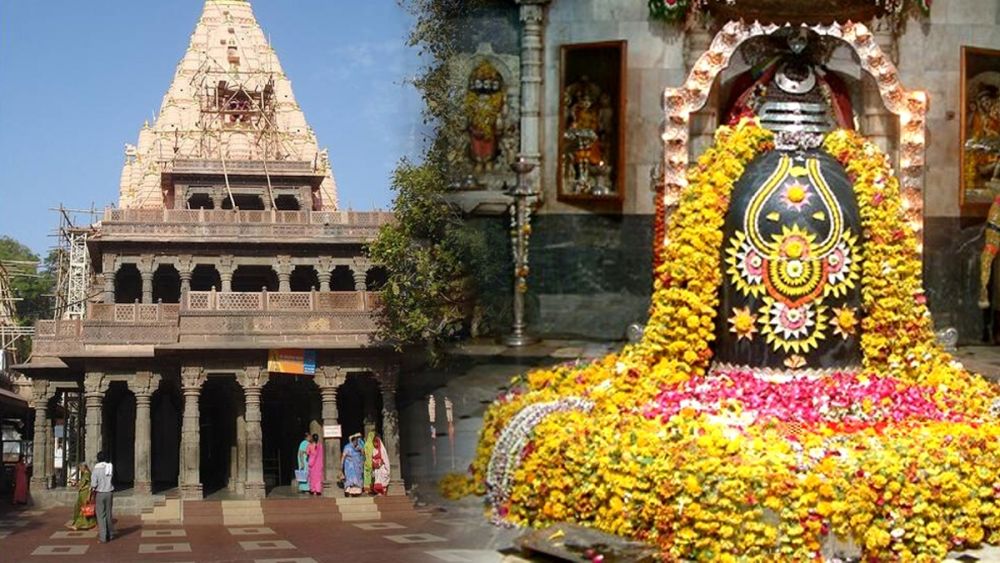

The optimal period to visit the revered Mahakaleshwar Jyotirlinga in Ujjain is from October to March, when the climate is pleasantly cool and conducive for pilgrimage and sightseeing. During these months, the temperatures range from a moderate 10°C to 28°C, offering a comfortable environment for devotees to engage in rituals and explore the city. This time coincides with several Hindu festivals when Ujjain comes alive with vibrant celebrations and religious fervor, making it a particularly auspicious and culturally rich time for a visit. However, be mindful that during festivals like Mahashivratri, the temple sees an immense influx of devotees, leading to crowded conditions. If you prefer a quieter visit, choose dates that don't coincide with major festivals.
Furthermore, the winter months ensure that the heat of the central Indian plateau is at bay, allowing for extended visits to the temple complex without the discomfort of the scorching summer heat that peaks from April to June. Additionally, the post-monsoon period ensures that the city, bathing ghats, and the Shipra River have a refreshed and green appearance, enhancing the overall scenic beauty of Ujjain. If you're interested in the cultural aspects, don't miss out on the opportunity to witness the grandeur of the Kumbh Mela, known locally as Simhastha, which occurs once every twelve years in Ujjain, with smaller annual celebrations in the form of the Magh Mela. Booking accommodations in advance for any visit around festival times is highly recommended, as the city can get quite crowded with pilgrims and tourists alike.